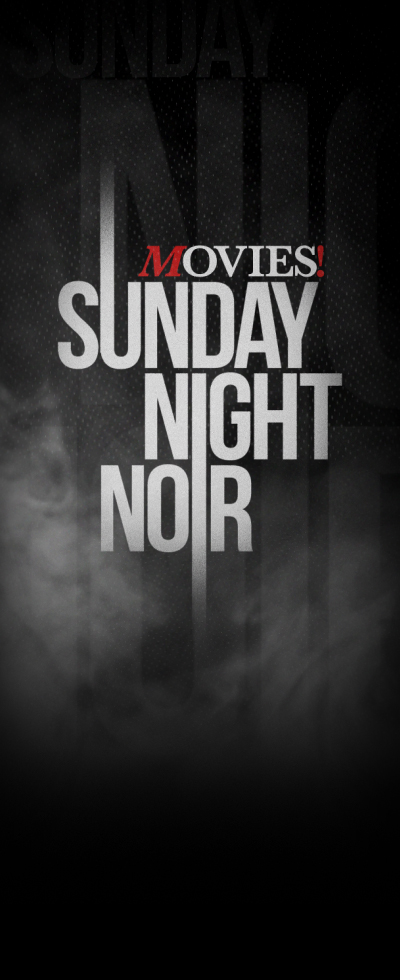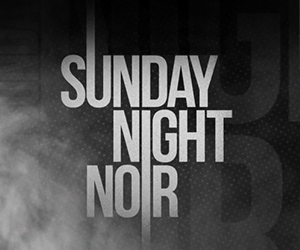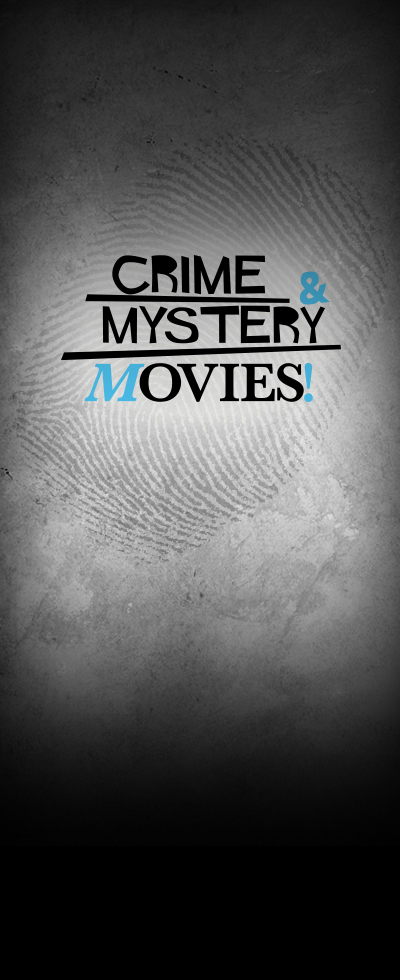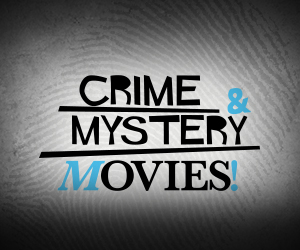For showtimes, click here.
Before Friday the 13th, A Nightmare on Elm Street, or Halloween, there was another killer on the loose. His name was Billy.
Sometimes credited as the first slasher, Black Christmas became a cult classic thanks in part to how it kept its killer in the shadows. Step into the sorority house below!
1. It was based on true events.
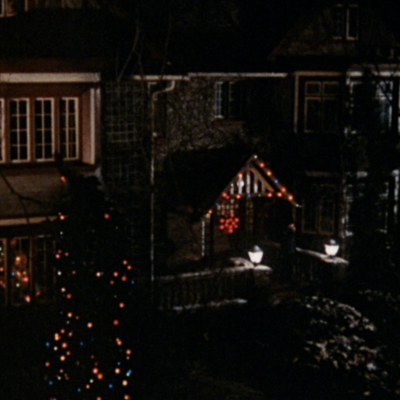
Roy Moore was the first to write a draft of what would become Black Christmas. At that point, the story was based on the urban legend of a babysitter terrorized by a killer, very similar to the murder of babysitter Janett Christman on March 18, 1950, which also served as the inspiration for When a Stranger Calls. When Timothy Bond came onto the project, he borrowed from another true story about a killer from 1946 that wrote "Stop me before I kill more" on the wall of one of his victims. He renamed the film Stop Me! Eventually, the setting was moved to a sorority house during the holiday season where it finally became Black Christmas. Interestingly, Roy Moore is the only credited screenwriter for the movie.
2. Bette Davis turned down a part.

Director Bob Clark first offered the role of the sorority den mother to Bette Davis. In his mind, attracting professional talent, such as Olivia Hussey, who had just recently finished Romeo and Juliet, was key to helping the film. However, Davis turned down the part. Gilda Radner was also attached at one point, but she dropped out of the project.
3. Billy’s identity was meant to be a secret.

Details about the killer in Black Christmas were intentionally withheld. However, when writing the film, the screenwriter fleshed him out completely. “There’s a full back story embedded in the character, his behavior, and responses. But never revealed,” said co-screenwriter Timothy Bond. However, Roy Moore took some convincing before he agreed that keeping the killer’s identity a secret increased the terror. Years later, Bob Clark revealed some details about Billy, explaining that his parents and little sister abused him as a child, resulting in his dislike of women.
4. Its TV premiere coincided with a tragedy.
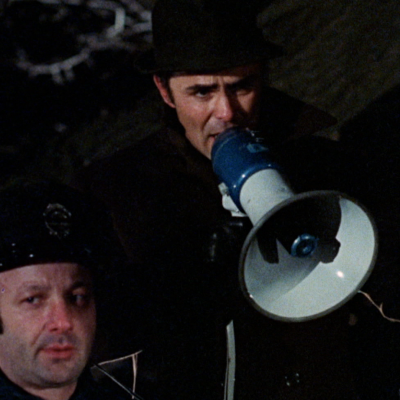
When Black Christmas was scheduled to premiere on television, a horrific attack at a sorority house occurred. At the Chi Omega Sorority House on January 15, 1978, Ted Bundy murdered two students and injured others. Black Christmas was removed from the schedule and didn’t air on NBC as intended.
5. The ending could have been different.

Director Bob Clark wanted to do two alternate endings – one in which Jess lived and one where she died. “In one of the versions, they were going to kill me. And then [Clark] said, ‘Better that we just leave her in the house and the phone rings,'" said Olivia Hussey.
6. Halloween was *maybe* influenced by it.
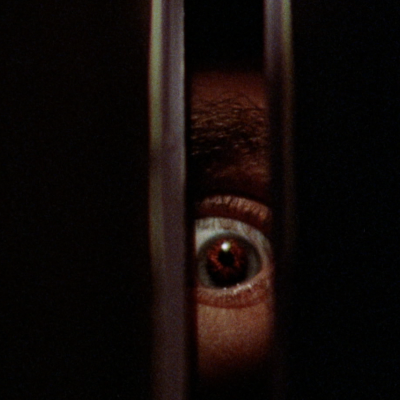
According to director Bob Clark, John Carpenter, who directed and co-wrote Halloween, drew from the film. Clark said, “He liked Black Christmas and may have been influenced by it, but in no way did he copy the idea.” When working on Black Christmas, Clark had an idea for a potential sequel and shared it with Carpenter. He said, “I would do a movie a year later where the killer escapes from an asylum on Halloween, and I would call it Halloween.”











